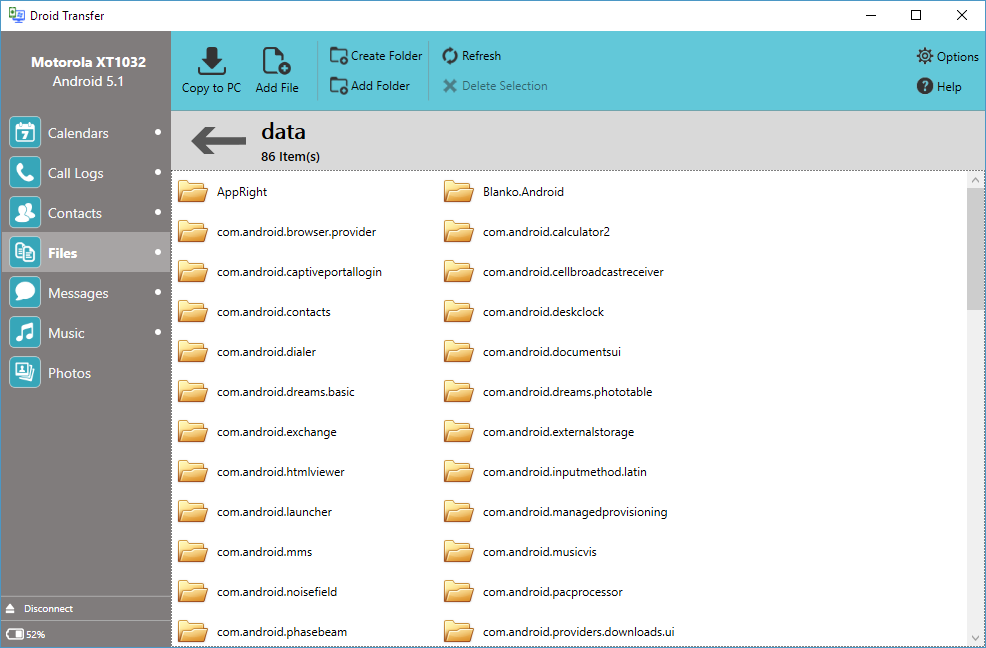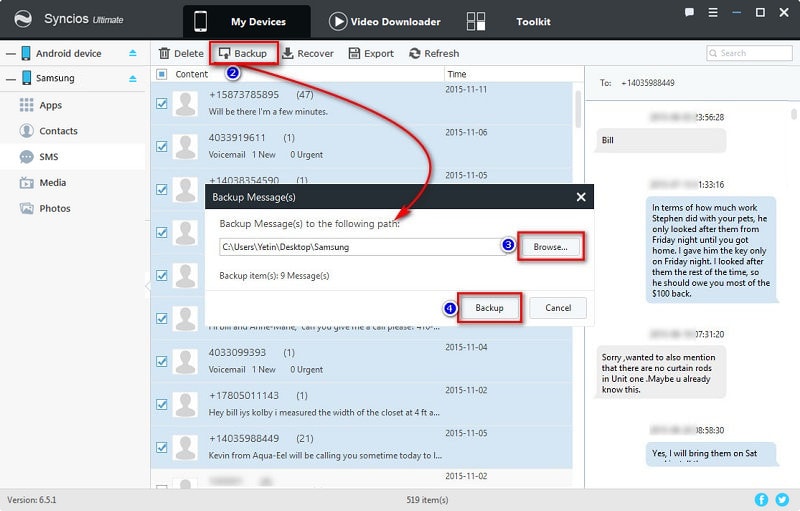
/001_bluetooth-file-transfer-4147725-94a28802281e4fbd8fd5aedc159161a4.jpg)
- ANDROID FILE TRANSFER FOR WINDOWS INSTALL
- ANDROID FILE TRANSFER FOR WINDOWS PORTABLE
- ANDROID FILE TRANSFER FOR WINDOWS ANDROID
- ANDROID FILE TRANSFER FOR WINDOWS PRO
- ANDROID FILE TRANSFER FOR WINDOWS PC
You'd expect file transfers between Android phones and Chromebooks to be as simple as can be, considering that Google's the driving force behind both of those operating systems - and by golly, you'd be absolutely right.

Android file transfers for Chrome OS computers Or - well, skip down to the final section of this story for one other option. It costs $30 for a single license, $100 for a five-user team license, or $150 for a 50-user company license.
ANDROID FILE TRANSFER FOR WINDOWS PRO
If the official Android File Transfer program doesn't work well for you - a vexingly common complaint among Mac users these days - consider the favorably reviewed third-party Commander One Pro as an alternative.

Tap the notification and select "Transfer files" or "File transfer." The Android File Transfer program should then automatically open on your Mac, and you should be able to browse your phone's storage and transfer files to your heart's content. Once the program's in place on your Mac, just plug your phone into your computer, turn on your phone's screen and unlock the device, and then look for the same USB status notification described above. To use the program, your Mac must be running macOS 10.7 or later, and your Android device must have Android 3.0 or later - something that should pretty much be a given with any reasonably recent Android product.
ANDROID FILE TRANSFER FOR WINDOWS INSTALL
The main difference is that before things will work, you'll need to download and install an official Google program called Android File Transfer. Got a Mac? The Android file transfer process is a bit more complicated for you - but fear not, for it's still pretty darn easy. Your Android phone's storage looks like any regular hard drive when viewed from a computer.

You can now click around and browse folders, drag and drop files between your phone and PC, or manipulate the data in any way you want. Click or double-click that icon, and ta-da! You're staring at your Android phone's internal storage.
ANDROID FILE TRANSFER FOR WINDOWS PORTABLE
Then look for an icon representing your phone alongside other portable devices and drives.
ANDROID FILE TRANSFER FOR WINDOWS PC


 0 kommentar(er)
0 kommentar(er)
